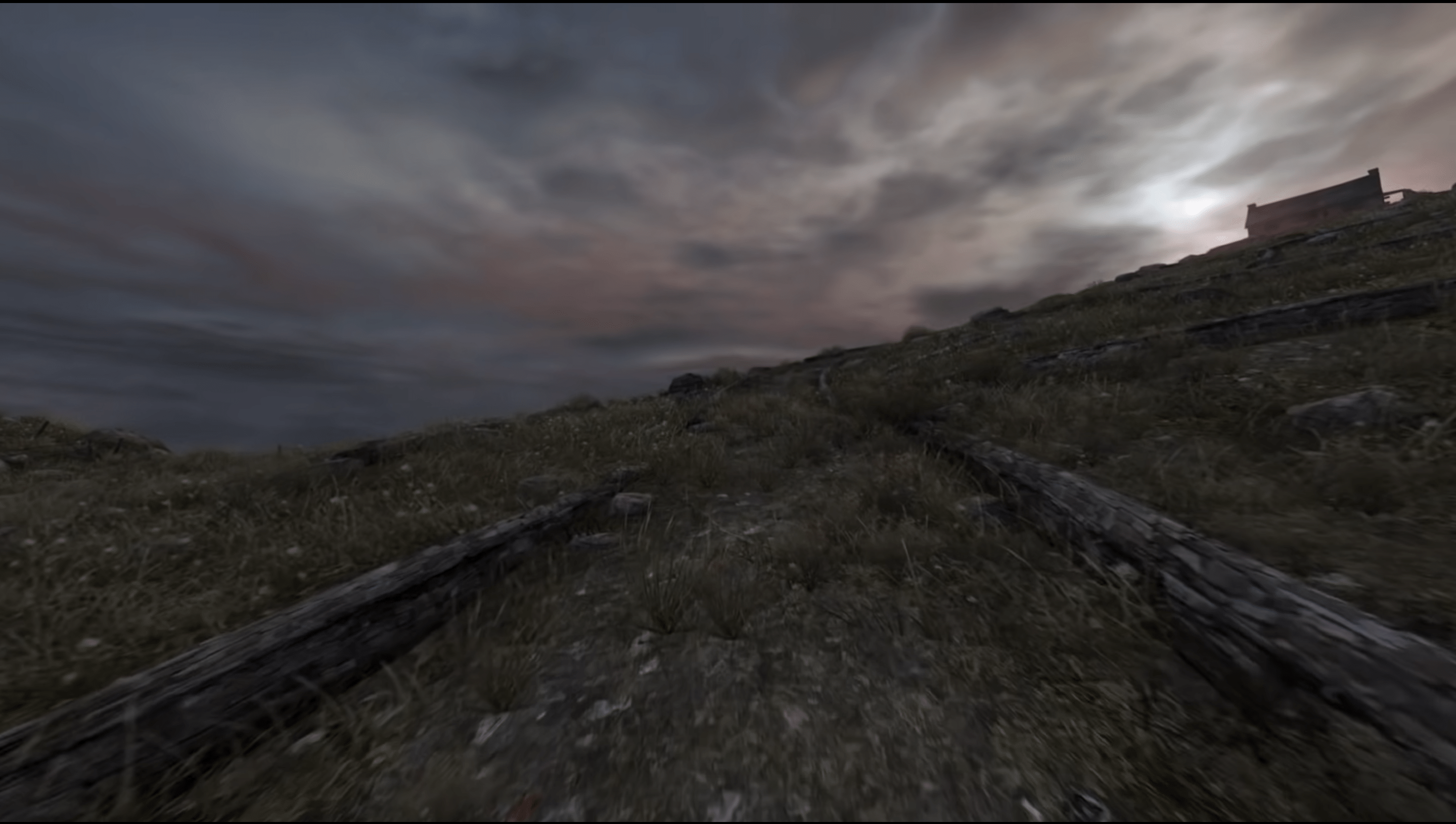Hi! For this week’s critical play, I chose to play Dear Esther which was created by the developers The Chinese Room. Over time, the game has become more available on a wide variety of platforms ranging from Windows and Mac, to PlayStation and Xbox, to mobile. Personally, I played the mobile version on my iPad. The game deals with serious subjects such as loss and death, so the target audience and age range will vary based on one’s maturity. The App Store lists Dear Esther as being for those ages 12+ which aligns with various other online opinions I’ve found who list the target age as anywhere between 12+ to 14+ (https://www.commonsensemedia.org/game-reviews/dear-esther).
As the category of the game, walking simulator, suggests, in Dear Esther there is truly only one active player, you, as you navigate this abandoned island located in Scotland. Players have the ability to walk around as they navigate the island and listen to a series of letters being read out. While the game does not have traditional rounds we see in other games, the game does have four levels which alter the understanding of the plot depending on the order they’re played in.
A mechanic in Dear Esther that I found interesting was actually the lack of mechanics. The player can really only move and look around the island. When a player is in a dark location, a flashlight automatically turns on, but this is never initiated by the player. Personally, this created a feeling/ relationship where I felt that I didn’t have to worry about tiny details like making sure I turned on my flashlight and could focus on trying to take in the story. Overall, I believe that these mechanics helped Dear Esther fulfill sensation and narrative as I experienced a range of emotions as I learned more about the story being told in the game. Walking is able to tell the story of Dear Esther as it places us in the perspective of the narrator as he explores the island and reflects on the tragic story of Esther and the narrator as the narrator grapples with her death and moving on. To be honest with you, playing Dear Esther was somewhat of a creepy or haunting experience for me as I felt like I was intruding on the narrator’s life and grief, and felt increasingly sad for the narrator as I discovered more and more of his story by walking around the island. There were times where I’d have to stop walking and just take in or google sentences from the letter that was just read to me. In this respect, walking serves the purpose of unraveling more of the story in Dear Esther.
Overall, I would say that Dear Esther was a fun game, not the type of fun that a game like the Sims or Minecraft brings me, but fun in the sense that it fulfilled the types of fun I believe it intended for me to explore.



